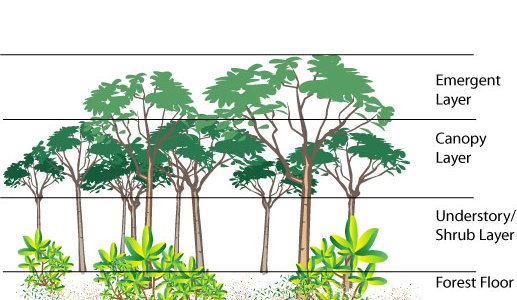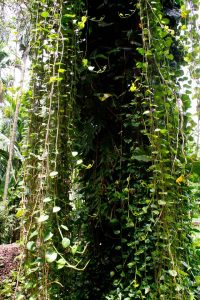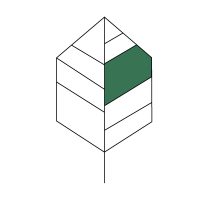Indoor Plants Explained
In my previous blog post Plant Newbie: Plant 101, I mentioned that all plants need sunlight and the perfect spot to place your plant in your home is crucial. Plants make their own food through photosynthesis by using energy from the sun to turn carbon dioxide into sugars (glucose) for their food and also to release oxygen for us to breathe. Naturally, sunlight is very important for the health of your plant.
But what is the difference between low, bright and full / direct light?
We have had many customers asking us if their sunlight requirements are sufficient in their homes or offices. Here is a simple explanation to know the difference of each category.
Our Tropical Rainforest
Let’s start with going back to nature of our beautiful tropical rainforest. Our rainforest has 4 layers of plants.
- Emergent Layer – Highest and tallest trees at the top layer. It gets full/direct sunlight.
- Canopy Layer – layer of plants below the highest layer. It gets bright indirect sunlight or filtered light.
- Understory Layer – Plants below the Canopy Layer where plants only receive 2-15% of sunlight from above. These plants are considered shade tolerant and of low light.
- Forest floor – receives approximately 0-2% of sunlight only. Hardly any plants survive here.

Here’s the beauty of indoor plants; the common species of plants that can survive indoors are plants that survive naturally in the Canopy Layer (bright indirect light) or the Understory Layer (low light). You can find the exact same plant growing in the wild within these layers of the rainforest. Eg: Money Plant and many palm species.

Placing your plants indoors does not mean NO light at all. These plants just need a lesser amount of sunlight to survive as explained above. On the flip side, if these plants are placed under direct sunlight, it will get sunburnt. Yes, it definitely can!

Leave a Reply